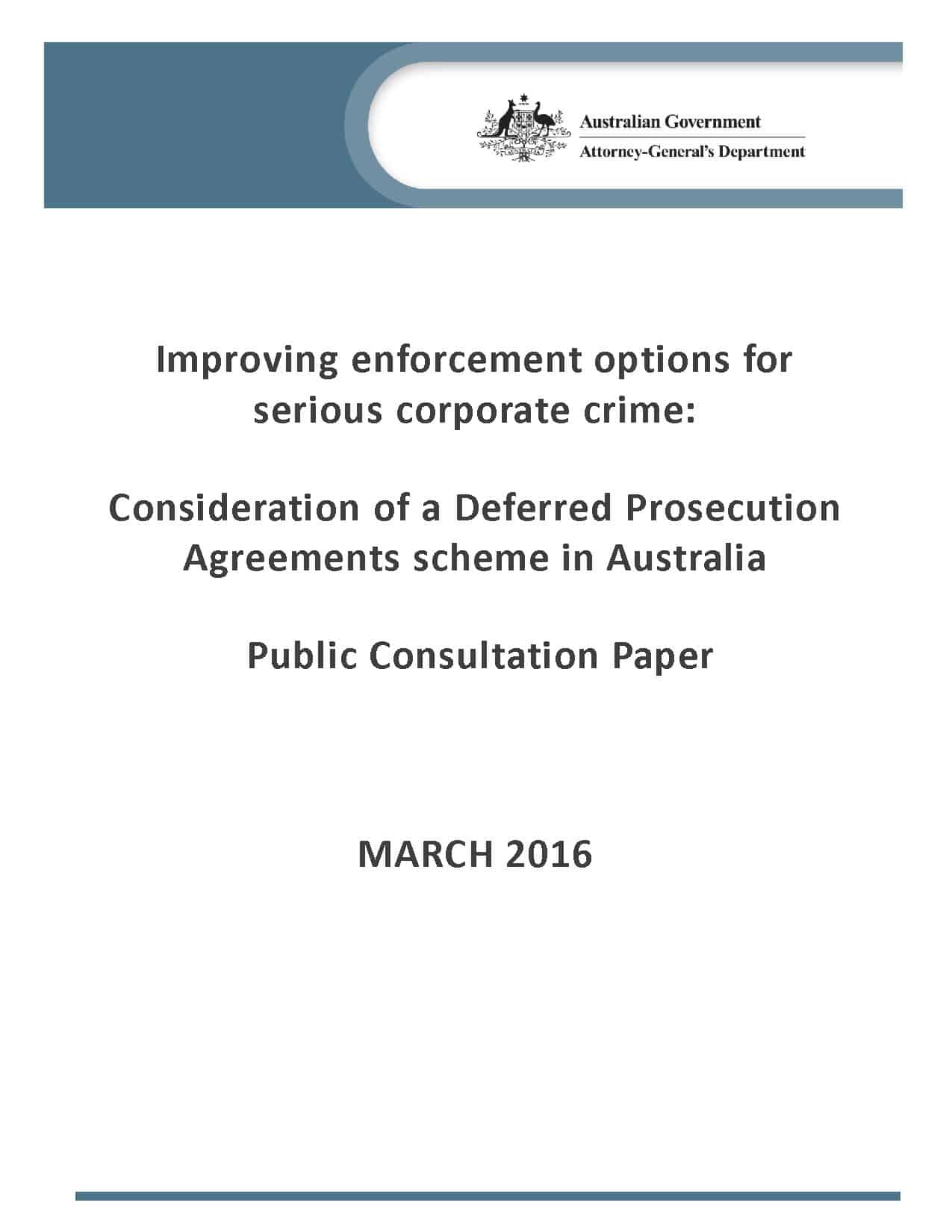Some of Australia’s mainstream media reported on Prime Minister Malcolm Turnbull‘s admonishment of the banking sector on April 6 2016. He accused them of having an unhealthy culture, reflecting a general and growing public dissatisfaction with large financial institutions, insurance companies and other corporations.
Given that the dominant perspective on occupational health and safety (OHS), at the moment, is the importance of an organisational culture that values workplace safety, it is worth looking at Prime Minister Turnbull’s words and those of prominent executives and financial regulators recently reported in the mainstream press.
Continue reading “What does the Prime Minister’s criticism of banking culture mean for OHS?”

